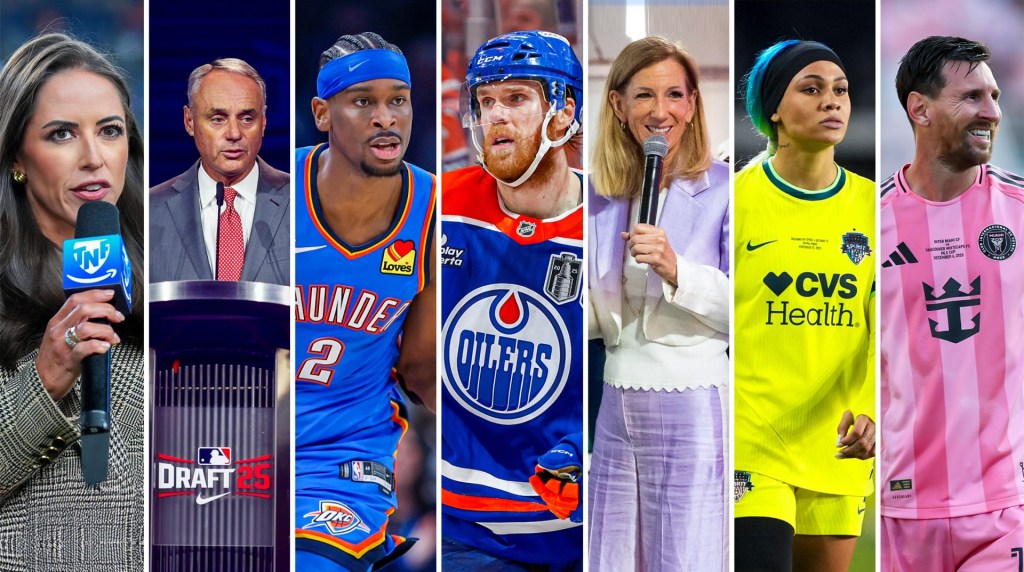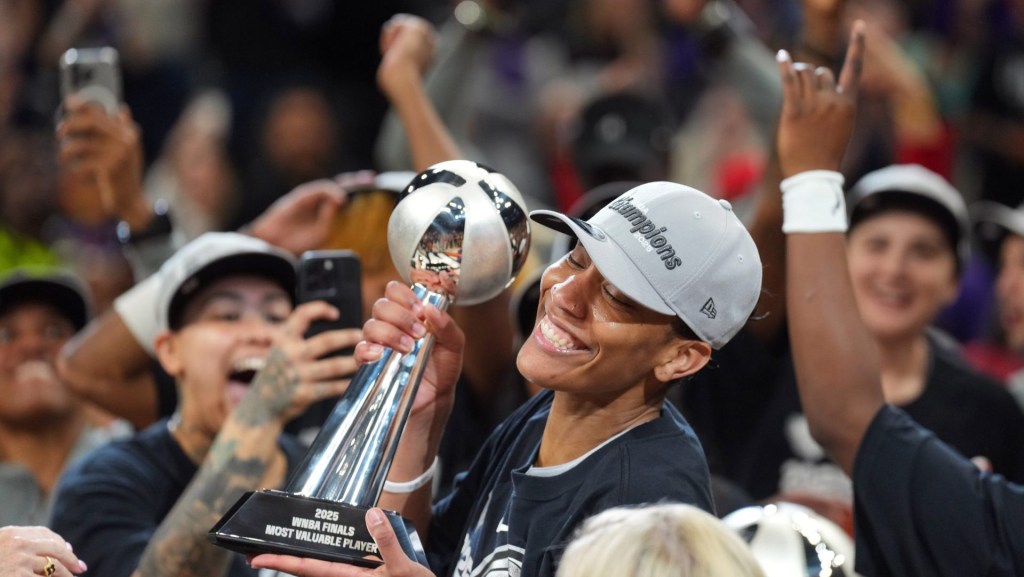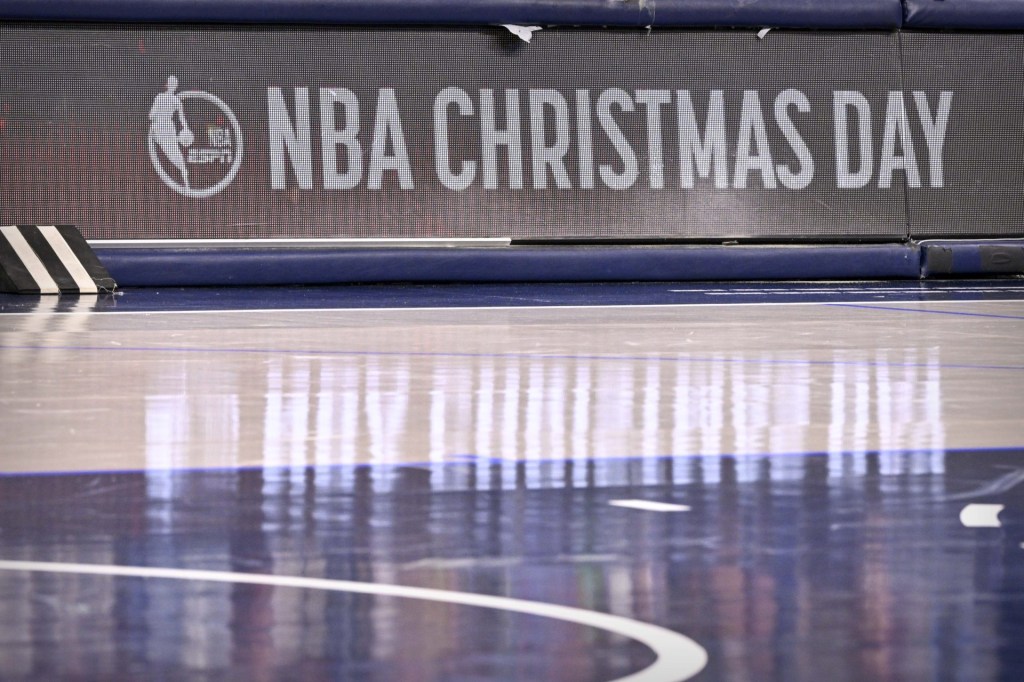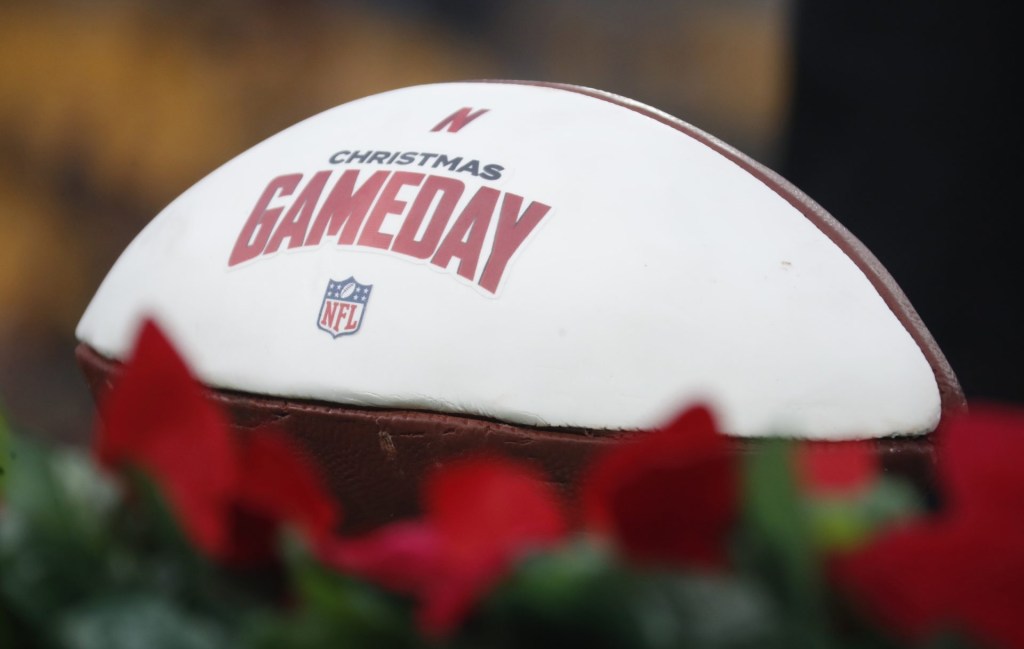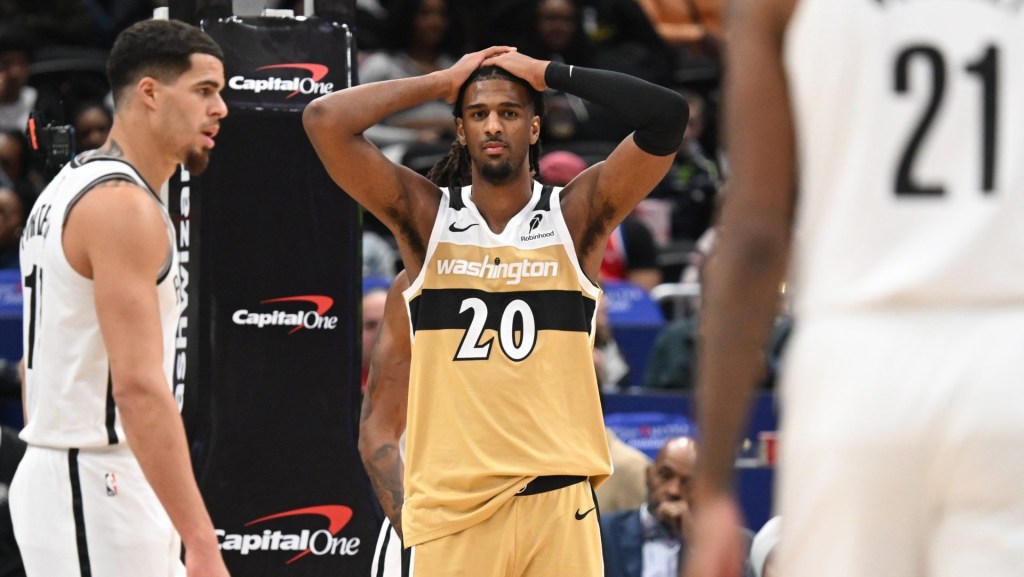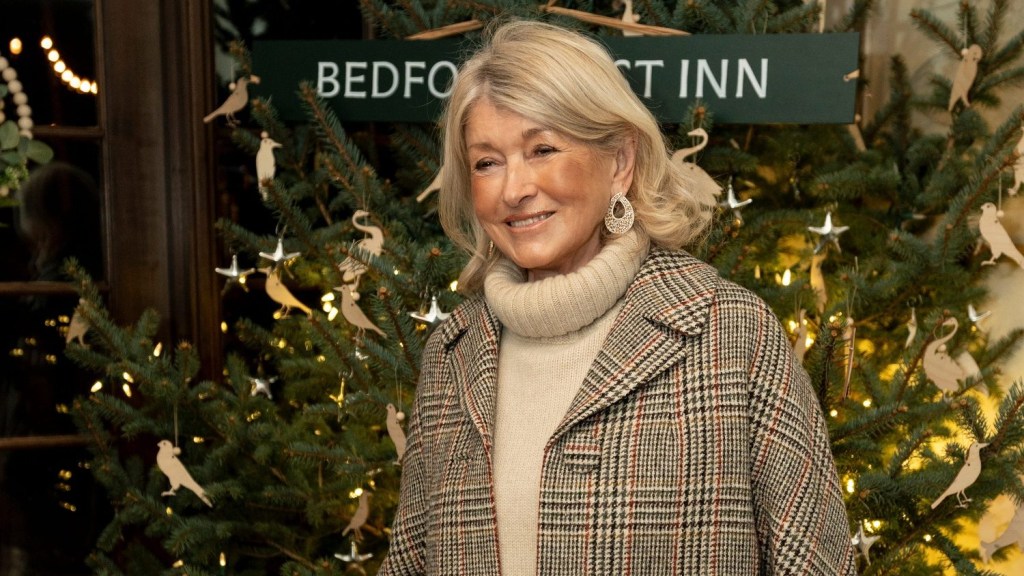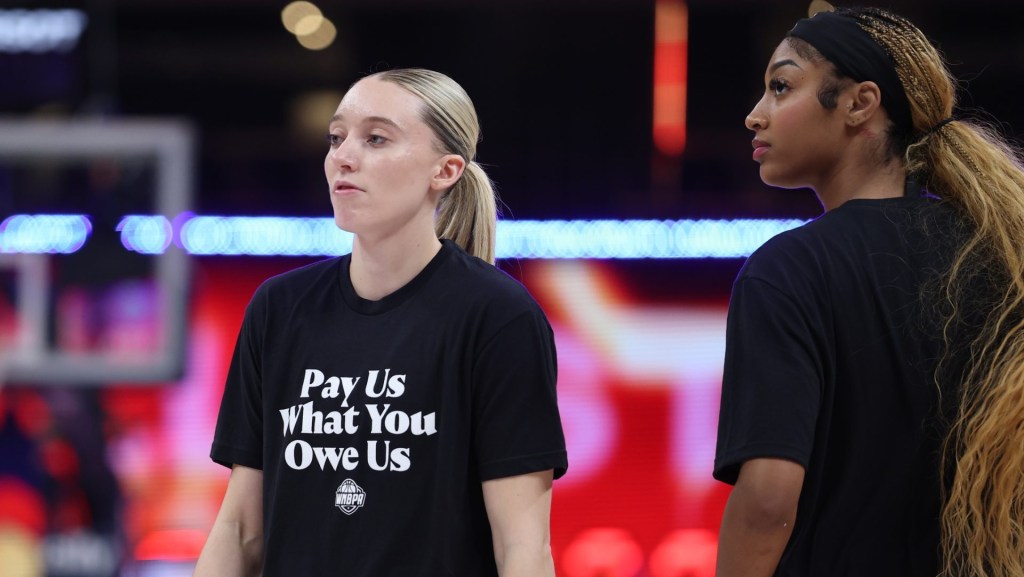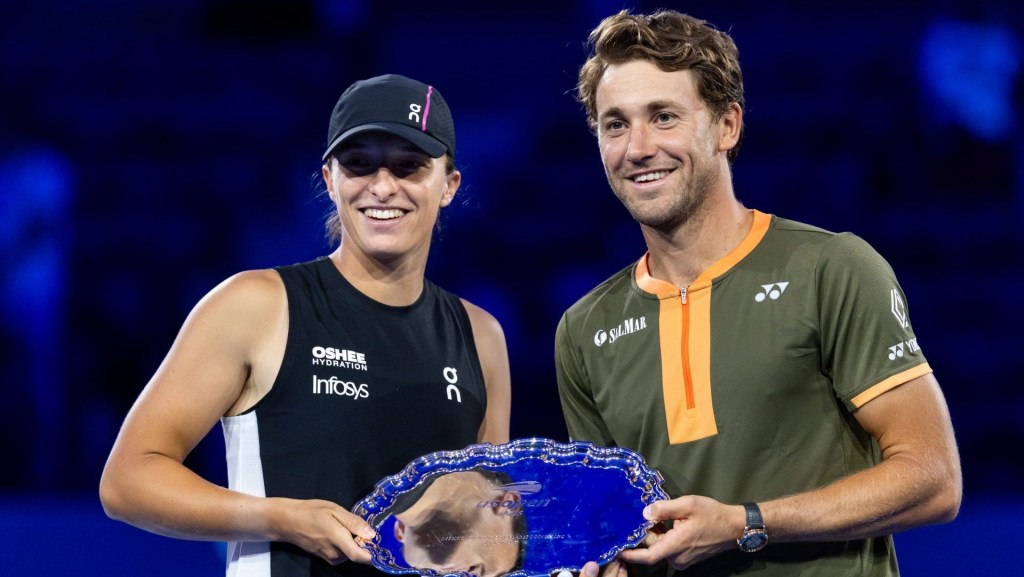Tuesday, May 14, 2024. Mark the date, as it will go down as the beginning of a new era in the WNBA. Caitlin Clark has arrived, and with her come logo threes, eye-popping passes, and, above all, unlimited promise for the business of women’s basketball.
The WNBA has been building to this moment. The league is coming off its most-watched regular season in more than two decades and its best overall attendance in 13 years. Investment has significantly increased, evidenced by the stunning new practice facilities of the Las Vegas Aces and Seattle Storm. The league has been stuck on 12 teams since 2010, but on Tuesday morning team branding was announced for a new expansion franchise, arriving next season: the Golden State Valkyries. Several days earlier, news broke that Toronto had been granted the league’s next expansion team, starting in ’26.
Now add Clark to that surge. When it comes to generating revenue, she has the Midas touch. Iowa averaged 7,102 fans per home game the year before she joined … and more than twice that, 14,914, during her magical final season. Those supporters started following Clark on the road, and opposing fan bases began to notice her, leading to sold-out arenas around the country and raising ticket prices. Already that effect can be seen in the WNBA, where the get-in ticket prices to see Clark have ballooned.
Then there are the viewership numbers. In her junior year, Clark helped set a new audience record for women’s college basketball with 9.9 million viewers for the 2023 national championship, against LSU. But it was just a start. Her senior season, she broke that record again and again and again, culminating in the national championship game against South Carolina. That women’s final averaged 18.9 million viewers, which bested the average of 14.8 million who tuned in to the men’s final one day later. Just a few weeks after that, a record average of 2.45 million viewers watched Clark go No. 1 to the Indiana Fever in the WNBA draft.
And as fans tuned in to see Clark, they seemed to have noticed: She wasn’t alone. Angel Reese. Cameron Brink. Kamilla Cardoso. Paige Bueckers. JuJu Watkins … With Clark and her Hawkeyes headlining, the Big Ten women’s tournament set attendance records last season—but so did each of the other four Power 5 conference tournaments. Some of those new to women’s college basketball may have first gotten to know Reese and Cardoso as the killjoys who ended Clark’s hopes for a title (with LSU and South Carolina, respectively), but those same late adopters, along with longtime fans, sure caused quite a racket when they found they couldn’t watch that duo’s preseason debut for the Chicago Sky. Further proof that the hype goes beyond Clark, and that teams outside of Indiana are reaping the benefits: The Lynx have seen a revenue increase of 38% from last year—and that’s before they’ve even played a regular season game, according to the Star Tribune.
All of this points to immense potential for the WNBA, which is poised to inherit all the star power—attendance, ticket sales, viewership, and renown—of Clark and her peers. And it all couldn’t come at a better time. The league’s current media rights package brings in roughly $60 million annually through deals with ABC-ESPN, Amazon Prime Video, CBS, and Ion. But a new deal (which would kick in at the start of the 2026 season, Clark’s third year in the WNBA) is currently being negotiated, and it would seem almost guaranteed that any future pact would blow the last one out of the water. Why? To put things into perspective: ESPN’s broadcast of the WNBA draft in which Clark was selected drew an audience nearly three times larger than the broadcast of last season’s championship game between the Aces and New York Liberty.
At the same time, players can collectively opt out of their CBA with the WNBA at the end of this season, which would put new negotiations at the end of next season. Full revenue sharing has been limited under the current agreement—WNBA players have not enjoyed an equal split of revenue with owners, as NBA players do; instead, they get less than 10% of revenue in their salaries because certain thresholds have not yet been met. The current CBA did lead to larger player salaries (they nearly doubled), but given the league’s rapidly growing popularity, it suddenly seems insufficient. The highest-paid WNBA player, Jackie Young of the Aces, brings home $252,450 per year.
With all this attention, the league is also likely to see another revenue boost in corporate partnerships. More advertisers have entered the women’s basketball space since Clark and her peers raised its profile, and existing ones are paying more. Disney, for example, sold spots to 42 new advertisers for the Women’s March Madness tournament, including Google, Adidas, Home Depot, and Honda. And Salesforce, the name of which appears on Clark’s Indiana Fever jersey, renegotiated its existing partnership with the team after it became clear the superstar was headed in that direction.
Media rights, possible CBA renegotiations, corporate partnership dollars—those are all important for one reason: player salaries. When the masses of new women’s basketball fans—including President Joe Biden—first learned what Clark’s rookie salary would be, the internet nearly burned down. Now: Clark’s WNBA debut will directly help the league get more money; given the potential for upcoming CBA negotiations, that could lead to players like her getting a larger share of those dollars. The same boom could also help alleviate the bottleneck at the highest level of women’s basketball by creating more opportunities through bigger rosters and added expansion teams. And more roster spots with higher salaries could make it attractive for players to stay in the U.S. during the offseason, whereas in the past they’ve been left chasing bigger payouts abroad. Brittney Griner, for example, earned more than $1 million each season she played in Russia, and she’s currently on a one-year, $150,000 deal with the Mercury for 2024.
Caitlin Clark’s electric play is turning women’s basketball into must-see TV and propelling massive business implications off the court. There’s no need to pin the future of women’s sports on her shoulders, but her professional debut is undoubtedly the start of a new chapter.

